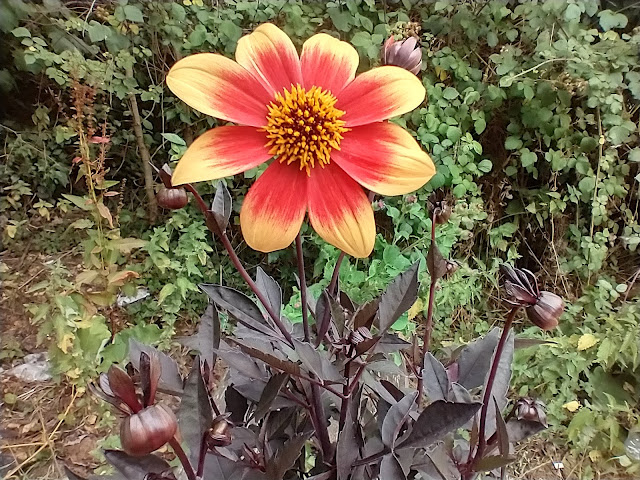Public Space Workshop: Overview

- Overview - some facts and figures
- Approach to Design
- Management
I'm mixing and matching the presentations into those key areas and because some of you won't know the people who made the remarks, I'm not planning on making them attributable in this post. I can change that if needed. My asides are in [square] brackets.
Overview - some facts and figures
- It's estimated that there are 5 billion day visits made to the countryside, 1.5 billion to the coast and 2.5 billion to parks in the UK per year. On that basis, why isn't more fuss made about the (usually poor) quality of our urban open spaces?
- Many of our open spaces are mainly grass with a few trees around the perimeter. If that was the norm in France, every single member of the Local Authority (LA) parks department involved would be sacked.
- There are lots of initiatives around trying to improve the quality of our open spaces. However, these tend to be piecemeal and localised. There are few national initiatives and little in the way of an overarching body to co-ordinate things. [This is something that's particularly struck me whilst researching public planting this year: I have a huge number of bookmarks and papers - no books yet - to sift through, but nothing really giving me an overview]
- There needs to be more opportunities for the various stakeholders to talk to each other e.g. If landscape architects don't talk to nurserymen, how can they (nurserymen) know what to stock or where trends are going?
- Only 18% of public parks are described by the public as good; 39% of LA's admit to declining quality - with the 'better' open spaces attracting most of the attention and funding; there has been an overall drop in the funding for open spaces by 15% since 1990 (contrast with indoor leisure facilities' funding increasing by 12% in the same period).
- 90% of the population believe parks improve health and the quality of life, yet 60% of them think the LA are inappropriate managers of open spaces. Their biggest criticism of open space design is its irrelevance. Both of these issues could be tackled by better consultation and community involvement in both the design and management processes.
- There are economic and other benefits to improving our open spaces: improved health (both physical and mental), reduced crime, educational opportunities and increased social interaction. [Lots of studies and figures were quoted, but there were too many of them to summarise concisely]
OK, having agreed that public planting is important and it deserves to be better, how should it be designed? I don't have all the answers, but after taking a break for ABC Wednesday tomorrow and Muse Day on Thursday, I'll summarise some of the ideas I gleaned around the design approach for you on Friday.
NB I'd like to finish this series of posts before I do my wrap up one for Out on the Streets. Therefore there's around a week left for you to contribute your own views of public planting in your neighbourhood, should you wish to do so this month :)










Sounds like a fascinating workshop, VP. I want to thank you for bringing this whole issue up in your blog. Because of you, I have paid much more attention to public plantings around our area (though, unfortunately, I haven't followed through on my plan to take lots of photos). I have begun to really appreciate the effort made by the park district in our nearest city to maintain places of beauty. Every time I've noticed an attractive planting, there is always a small sign that says it's maintained by the Park District. I'm glad that we have such a group interested in beautifying our city.
ReplyDeleteI was in Falmouth at the weekend and thought of you and public planting. The planting there is undoubtedly bold (I have never seen so many orange begonias in one place: maybe they were going for a place in the Guinness Book of Records) and very joyous.
ReplyDeleteI think this is one of the most important topics of our time--and I am not succumbing to hype to say that. Public plantings do more than just make us feel good--they are capable of shaping culture. Public planting can show us beauty and sustainability in the same plot, and if they do so, their influence is critical. Thanks for focusing on this topic--it stimulates a conversation that all gardeners need to be having.
ReplyDeleteRose - it sounds like your Park District have the right idea. One of the plus sides to this seminar was seeing people from Local Authorities who are passionate about what they do.
ReplyDeleteJames - Bristol is awash with orange pelargoniums. I wonder if they got them from the same supplier? ;)
Susan - we need some hype! Well, we do over here. It's the kind of topic that most people agree is most important, but it's just not important enough for most people to actually do something about it when it goes wrong. And thanks for the compliment re stimulating a conversation here, it's one of my main aims with this blog :)